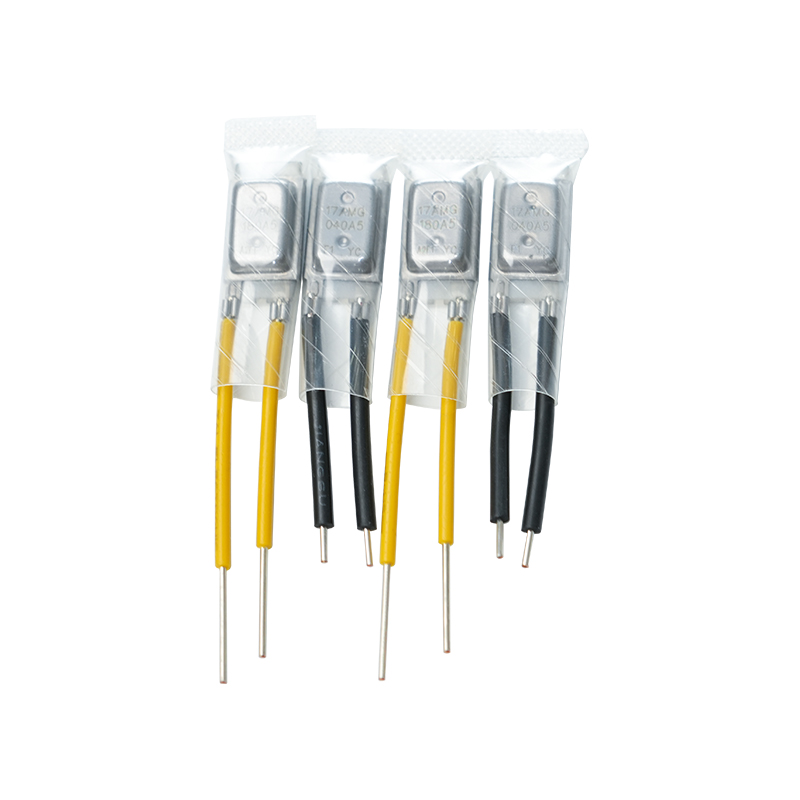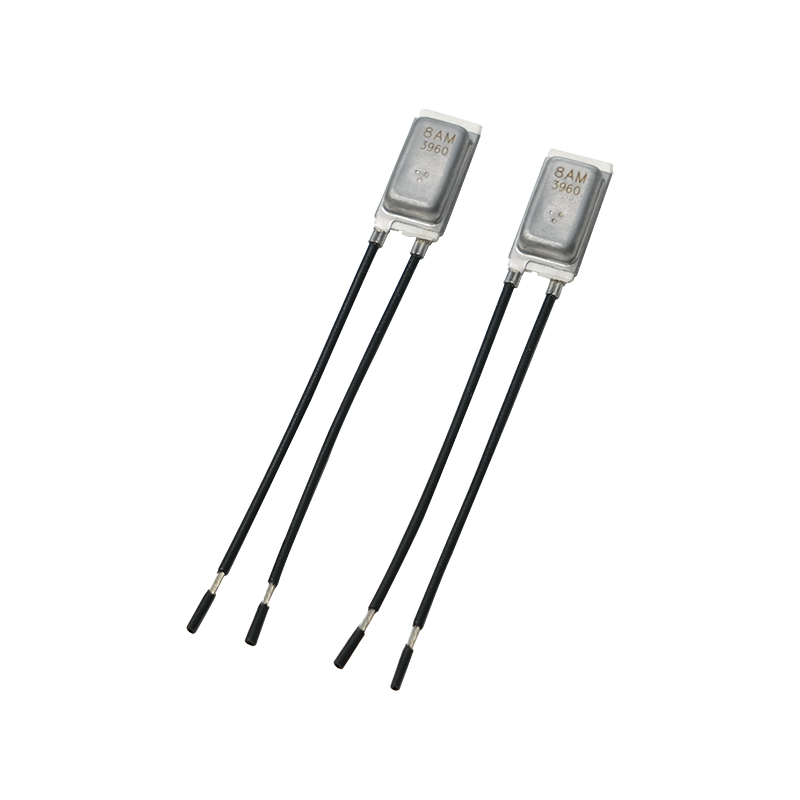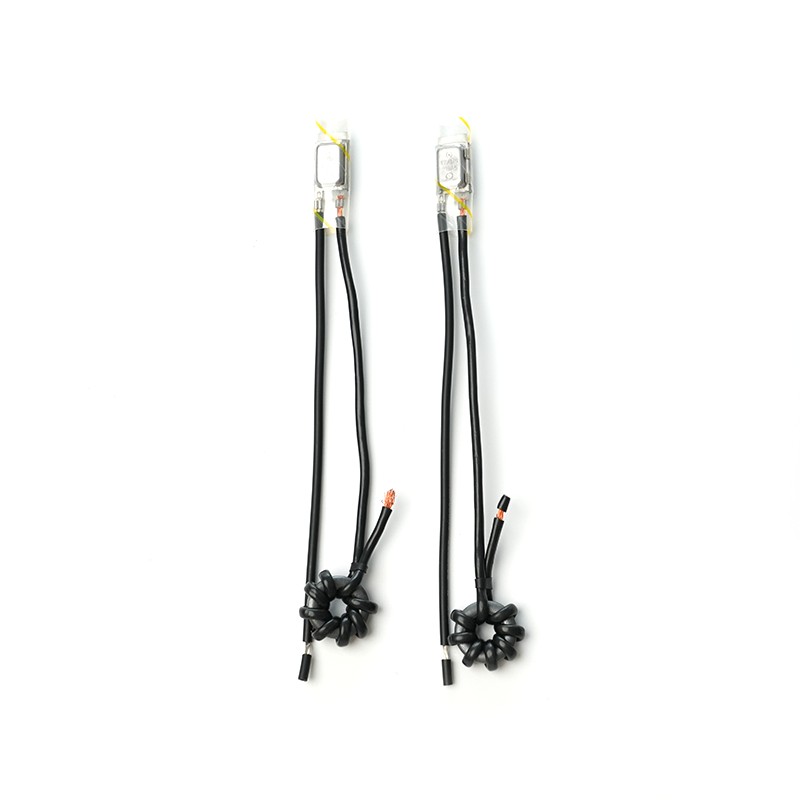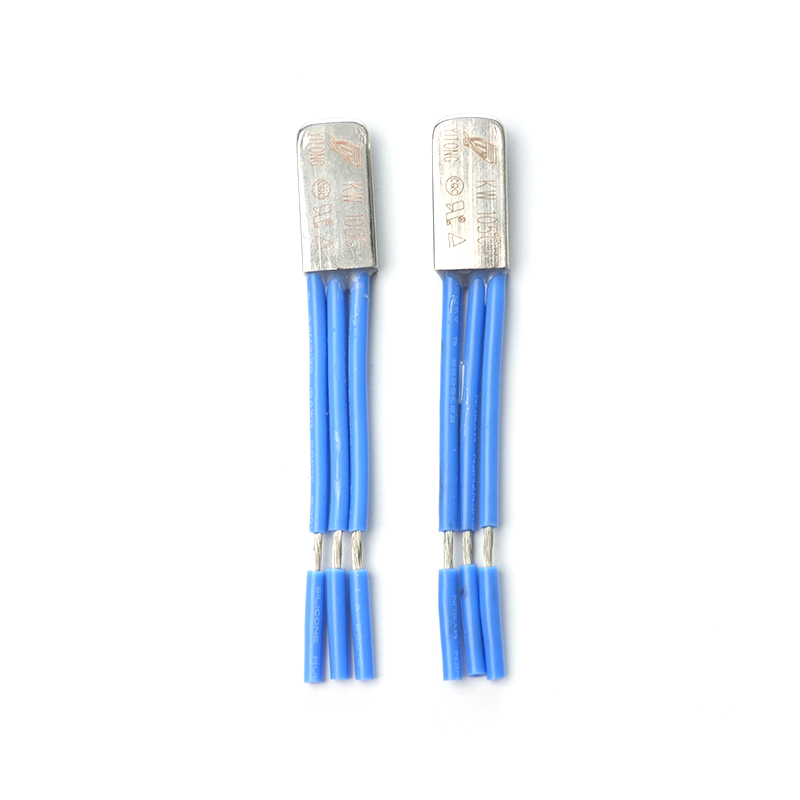What Are the Common Applications of Temperature Switch Protectors in Household and Industrial Devices?

Introduction
Temperature management is essential in both household appliances and industrial systems. Excessive heat can damage components, reduce efficiency, or even cause safety hazards such as fires and equipment failures. To address these risks, temperature switch protectors—also referred to as thermal protectors or thermal switches—are widely used. These devices automatically disconnect power or trigger alarms when the operating temperature exceeds a safe limit, providing reliable protection against overheating.
This article explores the working principle of temperature switch protectors and highlights their common applications in both household and industrial devices.
Understanding Temperature Switch Protectors
A temperature switch protector is a thermal control device that operates based on preset temperature thresholds. When the temperature rises above a certain point, the protector activates to stop the flow of current, ensuring that the equipment does not overheat. Once the temperature falls back to normal, some protectors automatically reset, while others require manual resetting.
Key features of temperature switch protectors include:
- Compact design for easy integration into devices.
- Fast response to sudden temperature rises.
- Reliability across a wide range of environmental conditions.
- Versatility, as they can be applied to household appliances, automotive systems, and industrial machinery.
Applications in Household Devices
Household appliances operate daily under various loads, and temperature switch protectors ensure user safety while extending appliance lifespan.
1. Refrigerators and Freezers
Refrigerators contain compressors and motors that generate heat during operation. A temperature switch protector safeguards these components from overheating caused by continuous operation, blocked ventilation, or voltage fluctuations. Without protection, the compressor could fail prematurely, leading to costly repairs or food spoilage.
2. Washing Machines and Dryers
Motors and heating elements in washing machines and dryers are prone to overheating during extended use or when air filters become clogged. Temperature switch protectors cut off the circuit when unsafe temperatures are detected, preventing damage to the motor and reducing fire risks.
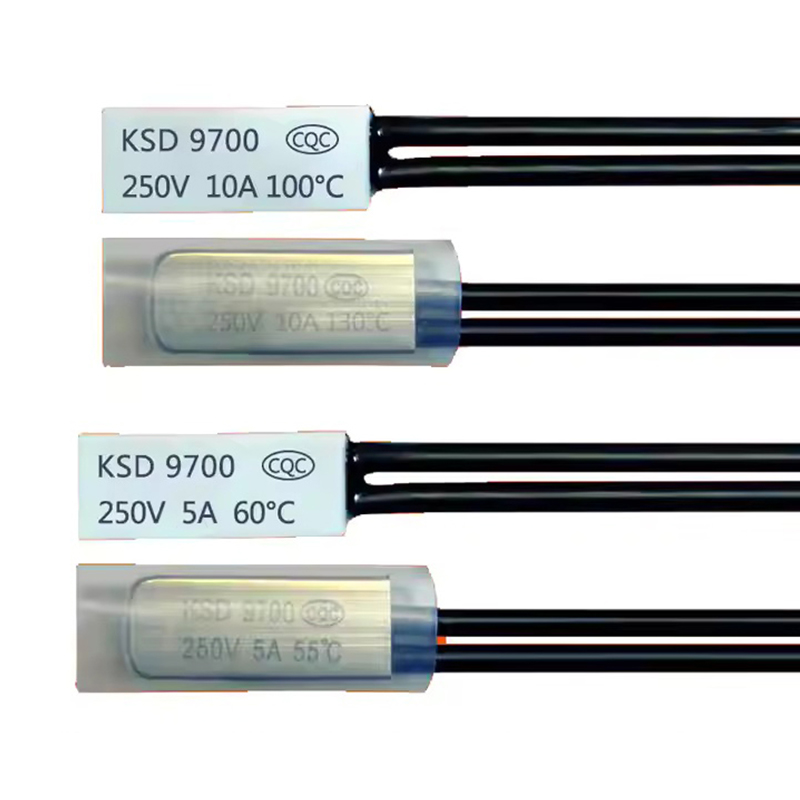
3. Air Conditioners and Fans
Air conditioners rely on compressors, blowers, and control circuits that generate heat. Temperature switch protectors prevent overheating of both the compressor and fan motors, maintaining efficiency while avoiding potential hazards during prolonged operation in hot climates.
4. Microwave Ovens and Toasters
Cooking appliances operate at high temperatures, which can sometimes exceed safe thresholds. Temperature switch protectors are used to monitor heating elements and cut off power if abnormal conditions occur, thereby preventing fires and extending the appliance’s life.
5. Electric Irons and Heaters
Heating appliances such as electric irons, kettles, and space heaters pose a significant risk if left unattended. A temperature switch protector ensures automatic power cut-off when the appliance overheats or reaches its maximum safe temperature, protecting both the user and the device.
6. Vacuum Cleaners
Vacuum cleaner motors often overheat if filters are clogged or airflow is blocked. Temperature switch protectors automatically disconnect power when the motor overheats, preventing damage and ensuring safe operation.
Applications in Industrial Devices
Industrial systems often operate continuously under heavy loads, making temperature control even more critical. Temperature switch protectors are indispensable in ensuring safety, preventing costly downtime, and protecting expensive machinery.
1. Electric Motors
Industrial motors in pumps, conveyors, and compressors generate significant heat. Overheating may occur due to overload, poor ventilation, or lubrication issues. Temperature switch protectors installed inside or on the motor casing disconnect the circuit when excessive heat is detected, preventing winding damage and extending service life.
2. Transformers
Transformers used in power distribution and industrial facilities are subject to high current flows, which generate heat in the windings. Temperature switch protectors help prevent insulation failure, which could otherwise lead to power outages or even explosions.
3. Battery Packs and Charging Systems
In renewable energy systems, electric vehicles, and backup power supplies, batteries can overheat during fast charging or heavy discharge. Temperature switch protectors regulate thermal conditions, safeguarding both batteries and charging equipment from dangerous thermal runaway.
4. HVAC Systems
Large-scale heating, ventilation, and air conditioning (HVAC) systems in factories and offices rely on blowers, compressors, and heating elements. Temperature switch protectors prevent overheating in these components, ensuring stable indoor climate control while reducing maintenance costs.
5. Industrial Heaters and Furnaces
Process heating equipment such as furnaces, boilers, and industrial ovens operate at elevated temperatures. A malfunction could easily cause overheating, leading to fire hazards or production downtime. Temperature switch protectors ensure precise thermal control by cutting off power when preset thresholds are exceeded.
6. Power Tools and Machinery
Heavy-duty power tools such as grinders, drills, and saws are susceptible to overheating during prolonged use. Temperature switch protectors act as built-in safeguards, ensuring user safety and protecting motors from burnout.
7. Electronics and Control Panels
Electronic components and industrial control panels are sensitive to heat. Excessive temperatures can damage semiconductors, relays, and circuit boards. Temperature switch protectors provide an additional layer of safety by preventing damage due to heat buildup in enclosed panels.
Advantages of Using Temperature Switch Protectors
- Enhanced Safety: Prevents fire hazards and electrical failures by ensuring devices operate within safe temperature ranges.
- Extended Equipment Life: Protects critical components such as motors and heating elements from thermal stress.
- Reduced Maintenance Costs: Prevents premature equipment failure, lowering repair and replacement expenses.
- Automatic Operation: Provides hands-free protection, especially in unattended or continuously running devices.
- Versatility: Applicable in a wide range of household, automotive, and industrial applications.
Conclusion
Temperature switch protectors are vital safety devices that serve as silent guardians in both households and industrial facilities. In homes, they protect everyday appliances such as refrigerators, washing machines, and heaters from overheating, ensuring user safety and convenience. In industries, they safeguard motors, transformers, batteries, and process equipment from thermal damage, reducing downtime and preventing costly accidents.
By integrating temperature switch protectors into household and industrial devices, manufacturers and operators not only enhance safety but also improve efficiency and reliability. As the demand for energy-efficient and safe devices continues to rise, the role of temperature switch protectors will only grow more significant across all sectors.
 English
English